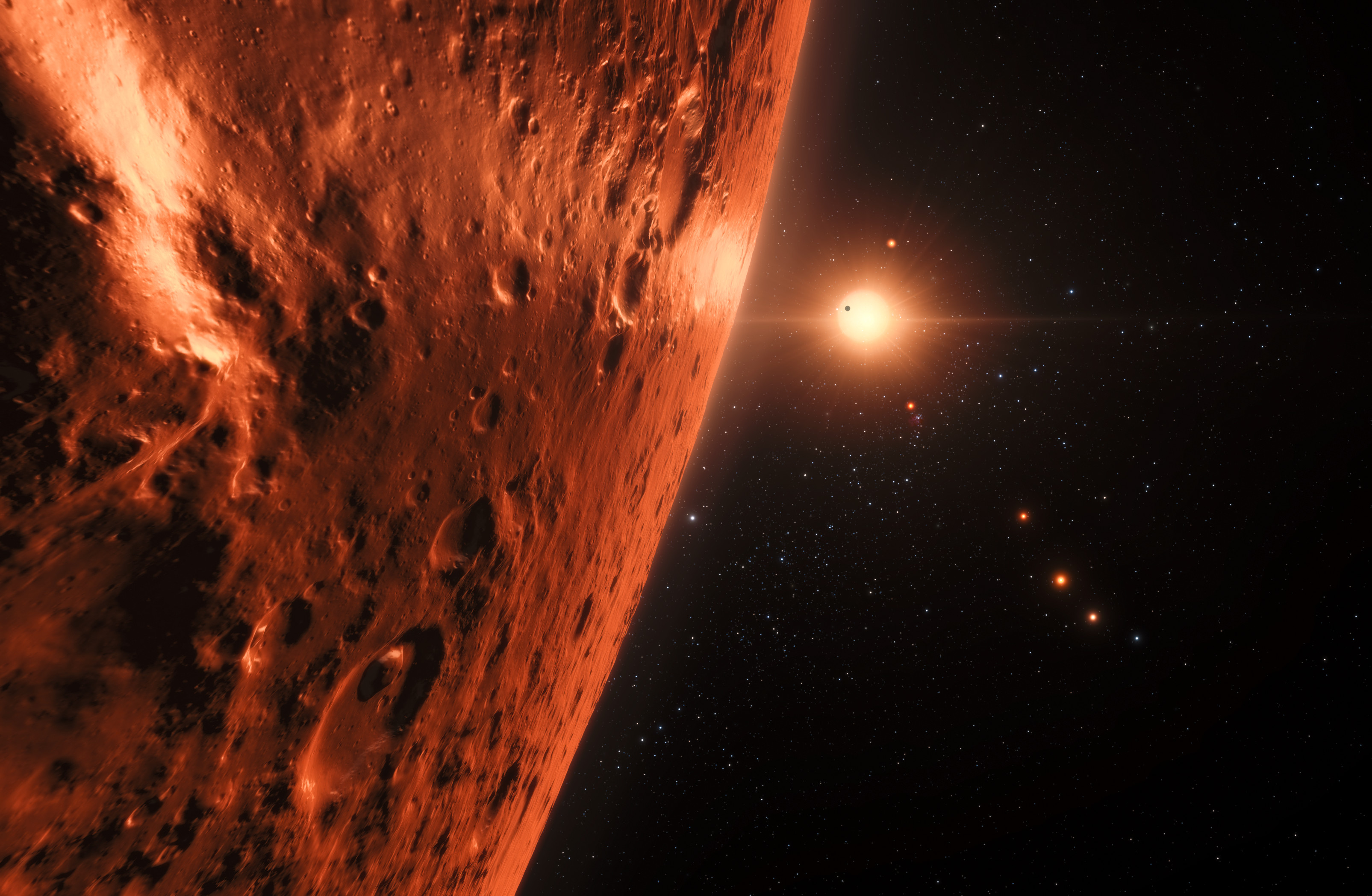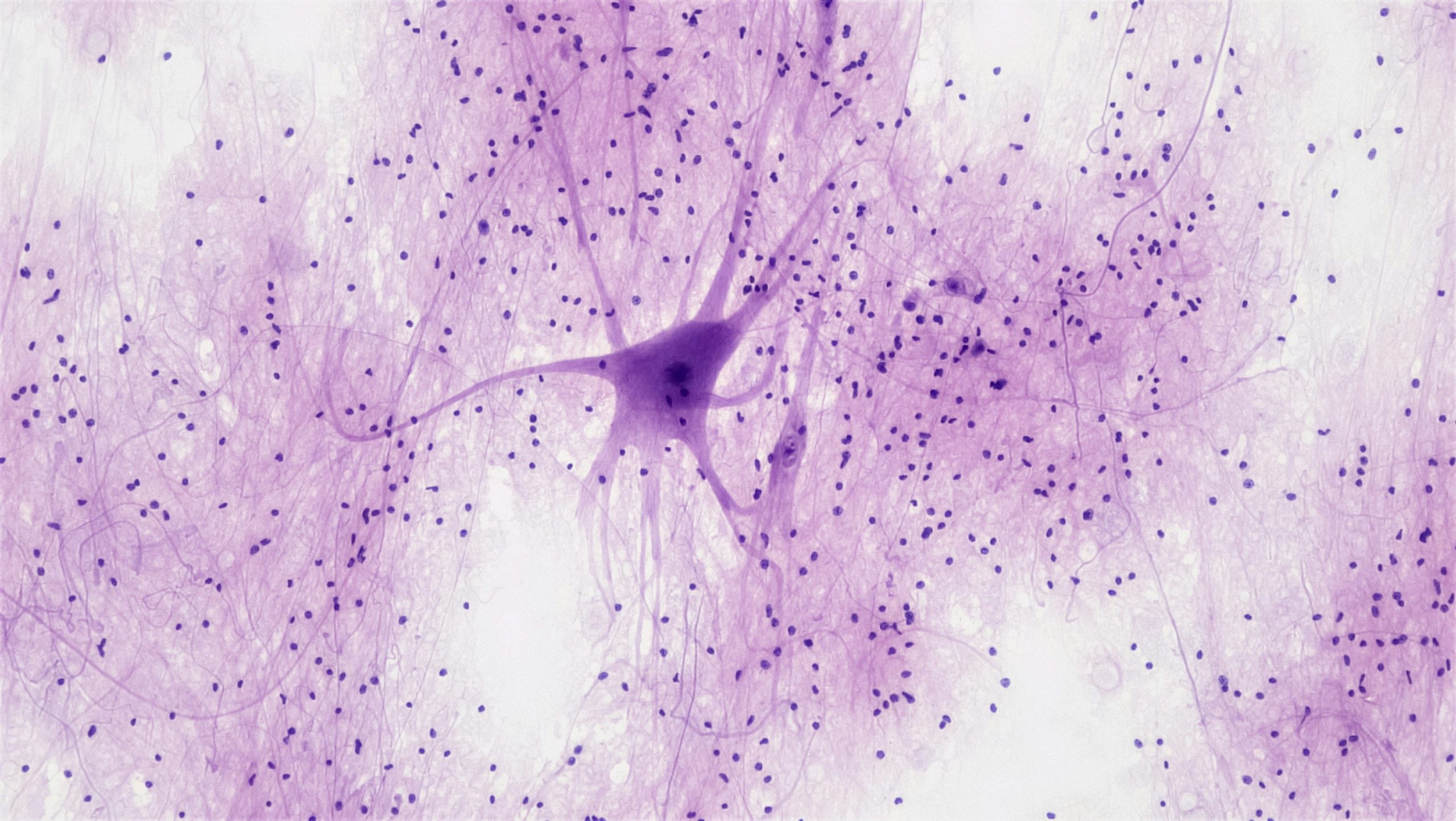By Natalie Stevenson, Sandbach High School and Sixth Form College, Cheshire
There has been one question which has plagued humankind throughout possibly the entirety of history – are we alone in the Universe? Although we still might not have the answer, advances in technology and space exploration has meant that we are slowly edging closer to the potential discovery of ‘extra-terrestrial’ life, whatever form it may take.
One rather exciting discovery in this field has been the finding of the TRAPPIST-1 planetary system, 39 light years away from our Solar System. Situated within the constellation of Aquarius, this ultra-cool dwarf star has at least seven terrestrial planets orbiting around it, with environments that are potentially similar to those found within our own Solar System and more importantly, environments which may allow for the presence of life.
Michaël Gillon and Emmanuël Jehin of the Origin in Cosmology and Astrophysics (OrCa) laboratory began the TRAPPIST project in 2009, with the first TRAnsiting Planets and PlanetesImals Small Telescope being installed at the La Silla Observatory in Chile in 2010. In January 2011, the catchy-named 2MASS J23062928-0502285 star was first observed, and four years later in September 2015, light fluctuations from the star led to the discovery of the presence of planets orbiting the newly renamed TRAPPIST-1.
The project brought on-board the assistance of the Spitzer space telescope, the Very Large Telescope, the United Kingdom Infra-Red Telescope, the Liverpool telescope and the William Herschel Telescope to further identify the planets using the transit method. This uses the fluctuations of light from the star to detect distant planets, which can then be used to deduce the orbit and mass, as they are both proportional to the depth and width of the fluctuation in light as the planet transits in front of the star. With the knowledge that TRAPPIST-1 has a temperature of 2600 Kelvin and knowing the proximity of each planet to the star, the energy that each planet receives can be calculated.
These factors are key in understanding the habitability of the planet. We’re assuming that life needs liquid water in order to survive, therefore one of the first factors calculated when looking at habitability is the potential for liquid water – if the planet is too close to its central star, any potential water will simply be evaporated, but if it’s too far away, any water will be ice. Therefore a ‘habitable’ zone is set up around the star, where temperatures will allow water to be found in its liquid state. The earth-like habitable zone is only around 2% of the distance between us and the Sun. Using TRAPPIST-1’s data, three of its planets fall into this habitable zone, but to find out whether life is actually possible we need more information about the atmospheres.
From observations by the Hubble telescope, we know that at least TRAPPIST-1d, 1e and 1f don’t have hydrogen rich atmospheres and TRAPPIST 1b and 1c have evidence of a lack of hydrogen, meaning that the atmospheres may contain heavier gases, such as carbon dioxide, methane, water vapour and oxygen, which would create a climate that is much more suitable for Earth-like life. However, we won’t know for sure which planets have the right kind of atmosphere until the launch of the James Webb telescope next spring – the atmospheres may be like that of Venus, with such high concentrations in carbon dioxide and extreme pressures that the temperatures on the surface are still extraordinarily high, or like Mars, where the poor gravitational and magnetic fields have let the atmosphere thin so much, liquid water is no longer able to be sustained on the planet’s surface.
The discovery of TRAPPIST-1’s planetary system is an astounding leap in the planetary sciences, giving us the first proper chance of exploring the potential life beyond our tiny blue planet. Although extremely different from our own Sun, ultra-cool dwarf stars are the most abundant stars in the Milky Way, so the knowledge gained from TRAPPIST-1 and its planets can be applied across the galaxy. This will drastically improve our understanding of the alien climates of the exoplanets, and our own place in the sky – and possibly lead to the discovery of life, but maybe not quite as we know it.





